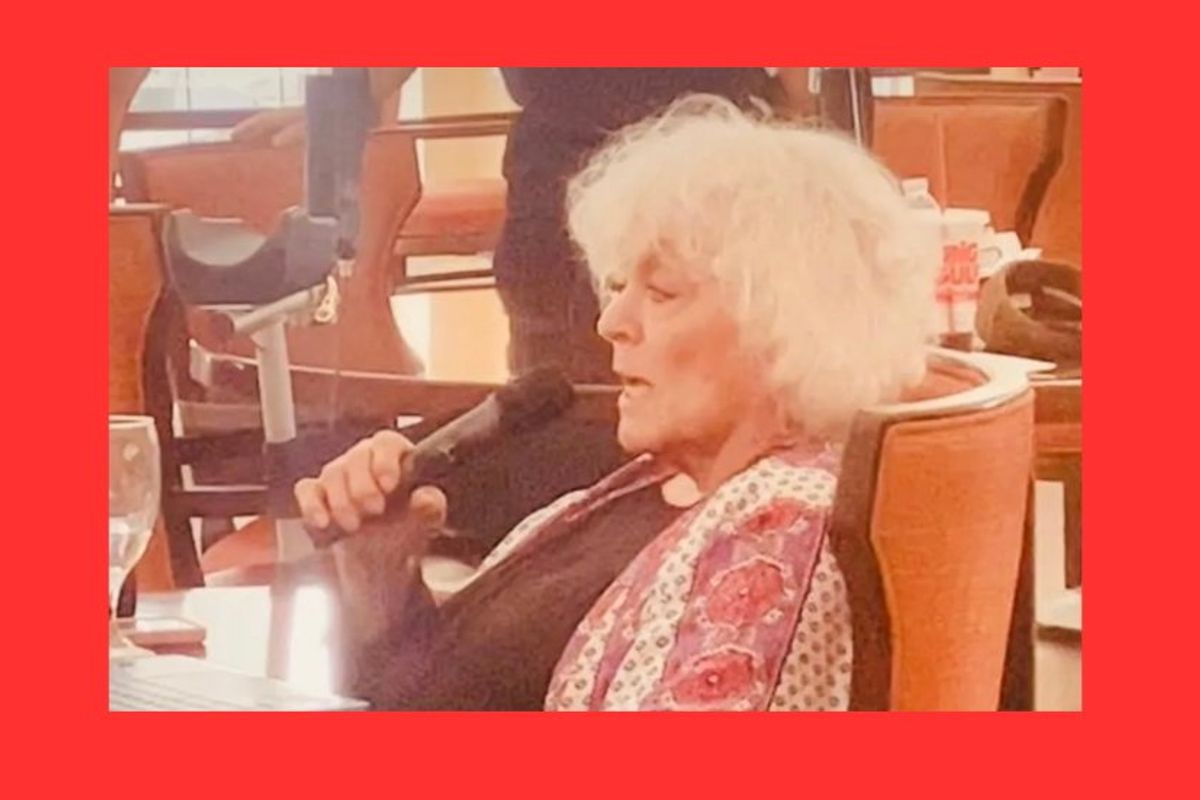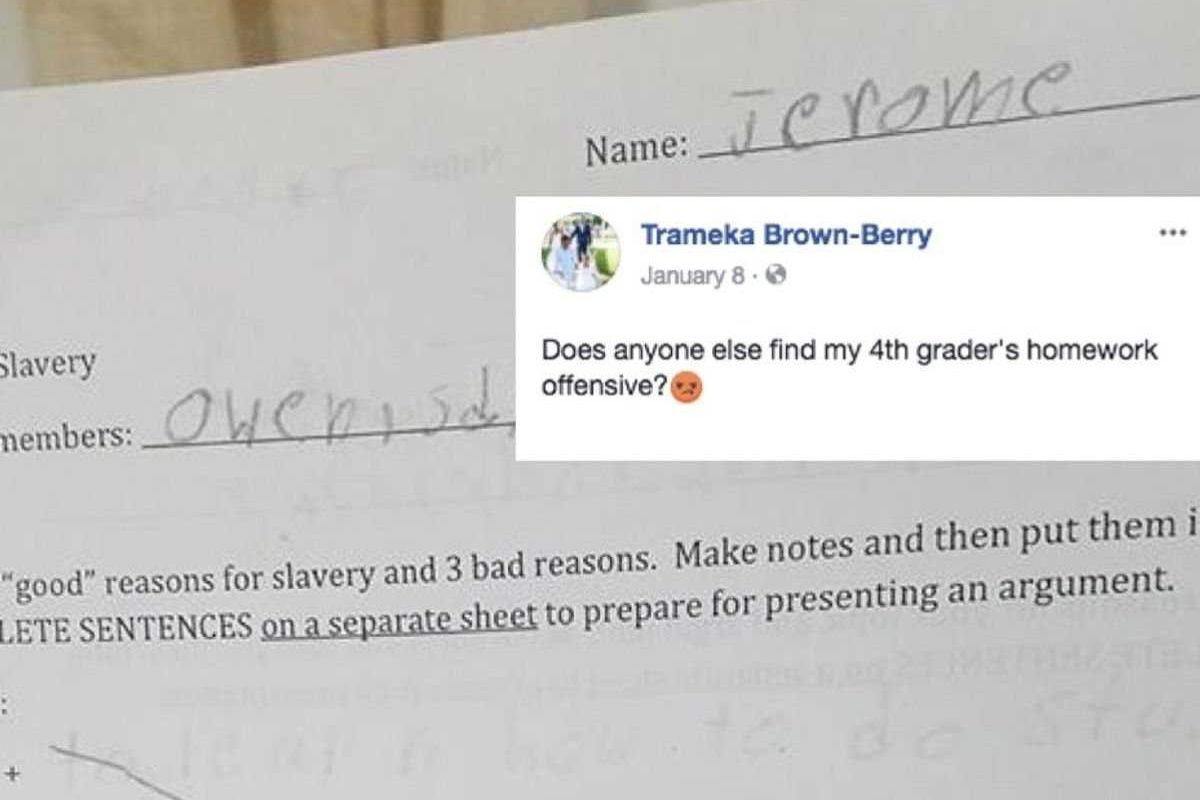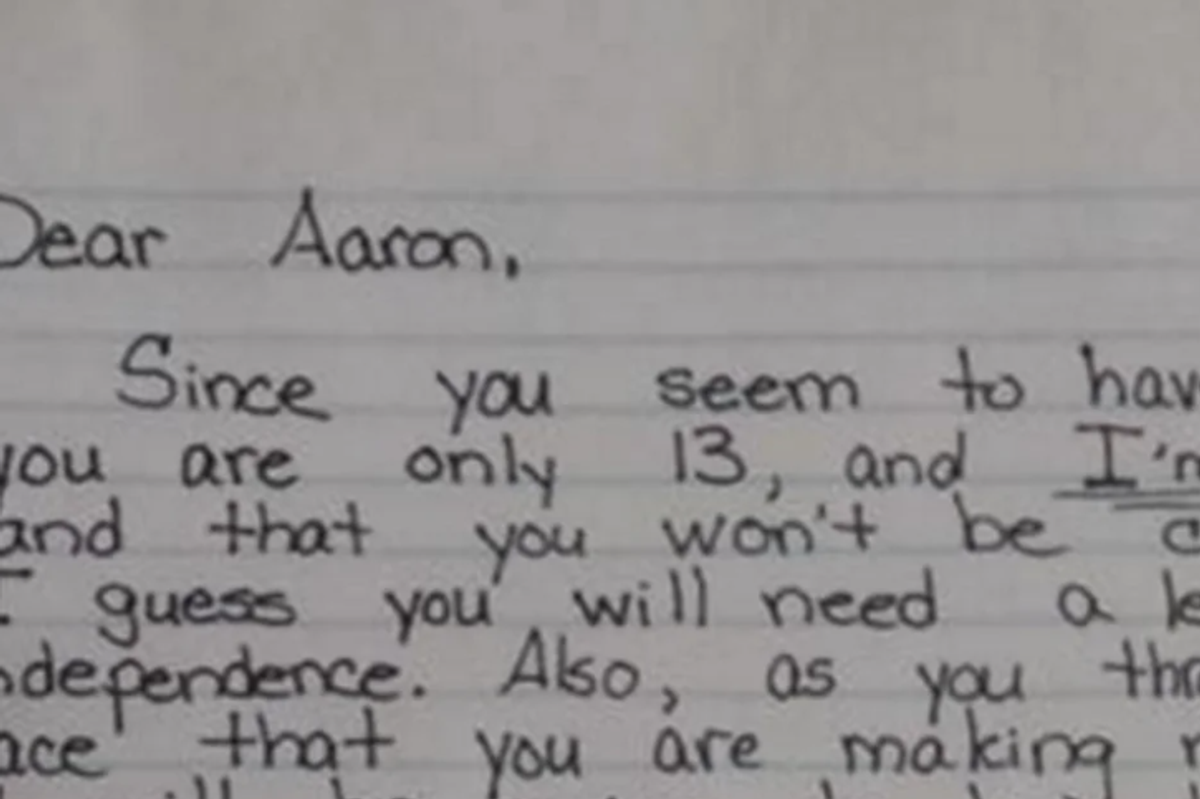Big problem, tiny solution — but these tiny homes for the homeless just might work.
Even though these tiny houses are as small as backyard sheds, they could make a big difference for homelessness.
Meet 57-year-old Ray Lyall, one of more than 15,000 homeless folks living in Denver.
Photo via Ray Lyall’s Facebook, used with permission.
Ray is a member of a grassroots group called Denver Homeless Out Loud made up of folks who are homeless as well as supporters of the local Denver homeless population. Ray says he's been without a home for nearly three years, and he is most often found at the DHOL office or playing his guitar downtown.
With the cost of living in Denver (and other cities) continuing to rise, affordable housing is a huge issue, especially for those who can’t afford a place to live at all. And while there are many proposed solutions for limiting homelessness, Ray is part of the force behind a very unique and new idea: Creating a tiny home community for Denver’s homeless population.
A completed tiny home in Denver. Photo via DHOL, used with permission.
The tiny houses are only as big as backyard sheds, but some folks think they could make a big difference for homelessness.
Sometime around the late-1990s, minimalist living became trendy, and the tiny house movement was born. Soon after, homeless activists realized that tiny houses could be the perfect storm of a solution: They’re easy to build, cheap, environmentally friendly, and mobile, making them a great option for constructing quickly and inexpensively. It costs about $700 to $1,000 to build a small Conestoga hut, and approximately $2,500 to $5,000 to build a slightly larger tiny house.
Building a tiny house in Denver. Photo via DHOL, used with permission.
Some of the earliest tiny home communities for people experiencing extreme poverty and homelessness started popping up in 2004. You can find projects like the Village of Hope in Fresno, California, and River Haven in Ventura, California. Then, in 2013, Opportunity Village opened in Eugene, Oregon, and Quixote Village launched in Olympia, Washington. More recently, OM Village was constructed in Madison, Wisconsin, in 2014.
But while tiny houses could provide help for homeless people, cities so far have opposed the informal communities.
Denver Homeless Out Loud decided to embrace the small-home strategy in October 2015. They started by building five houses on vacant land, all with full understanding that it was an act of civil disobedience. Not surprisingly, the police were less than thrilled with the impromptu housing development, and on the night of October 24, the Denver Police Department (including the SWAT team) arrested 10 people responsible for the building and coordination of the tiny house community.
Resurrection Village in Denver was named after the “Resurrection City” constructed on the National Mall in Washington, D.C., after Martin Luther King, Jr. was assassinated. Photo via DHOL, used with permission.
Denver isn't alone in this drama: Police have disrupted many of the other tiny home living communities around the country, and government officials aren't thrilled with the idea.
Many folks think tiny homes might not be the perfect solution.
The main concerns against these communities seem to revolve around zoning requirements, building standards, creating a community versus a "ghetto," and resident selection. Some also worry that tiny homes send the message that homeless people are not equal to everyone else.
OM Village in Madison, Wisconsin. Photo via OM Village, used with permission.
An imperfect solution might be better than none at all, however.
“It’s a home, not a shelter. And it’s their home," Ray Lyall explains. "[People] can paint the walls, do whatever they want. We want to give people a 15 by 15 foot plot that is theirs."




 Family moving into a new home.
Family moving into a new home.  Driving Road Trip GIF by Rosen Hotels & Resorts
Driving Road Trip GIF by Rosen Hotels & Resorts 
 Carole and her band mates.Carole Wade
Carole and her band mates.Carole Wade
 "
"
 Teaching teenagers about real-life consequences isn't easy. Photo by
Teaching teenagers about real-life consequences isn't easy. Photo by  Kids need to be reminded, sometimes, of how much they still depend on mom. Photo by
Kids need to be reminded, sometimes, of how much they still depend on mom. Photo by